Table of content
Jackfruit, a tropical giant native to South and Southeast Asia, has gained global popularity for its unique flavor, versatility, and nutritional benefits. Whether enjoyed fresh, cooked in savory dishes, or transformed into delectable desserts, this fruit’s sweet, aromatic flesh is a culinary delight. However, a common question among enthusiasts and casual consumers alike is: Can jackfruit be safely eaten after being left out for a day? This article explores the factors influencing jackfruit’s edibility, signs of spoilage, and best practices for storage to ensure both safety and quality.

Understanding Jackfruit’s Composition and Ripeness
Jackfruit (Artocarpus heterophyllus) is a large, spiky fruit with a thick, inedible rind and fleshy bulbs containing seeds. Its shelf life hinges on ripeness, environmental conditions, and handling. Unripe jackfruit, often used in savory preparations, is firm, starchy, and less prone to rapid spoilage. Ripe jackfruit, on the other hand, is softer, sweeter, and more perishable due to higher sugar content and moisture levels.
When a jackfruit is cut open, its inner flesh is exposed to oxygen, microorganisms, and enzymes, accelerating degradation. The rate at which it spoils depends on storage methods. Leaving cut jackfruit at room temperature for extended periods creates a breeding ground for bacteria, molds, and yeast, which can compromise safety and taste.
Factors Influencing Jackfruit’s Edibility After 24 Hours
Temperature and Environment
Jackfruit’s susceptibility to spoilage is heavily influenced by ambient temperature. At room temperature (68–77°F or 20–25°C), cut jackfruit begins to deteriorate within 4–6 hours. After 24 hours, especially in warm or humid climates, the risk of bacterial growth (such as E. coli or Salmonella) and fungal contamination rises significantly. Refrigeration (below 40°F or 4°C) slows microbial activity, extending its edibility window to 3–5 days if stored properly.
Initial Ripeness
Unripe jackfruit, with its dense, fibrous texture, is more resilient to spoilage than ripe varieties. If left uncut, an unripe jackfruit can last several days at room temperature. However, once sliced, even unripe segments become vulnerable. Ripe jackfruit, with its softer flesh and higher moisture content, degrades faster and is less forgiving when exposed to air.
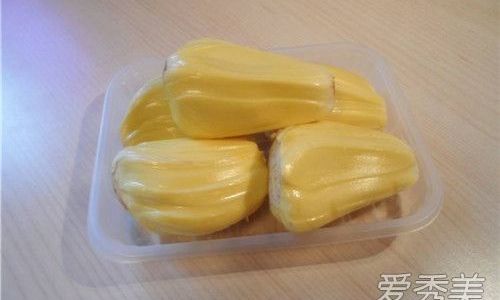
Exposure to Contaminants
Handling jackfruit with unwashed hands, utensils, or surfaces introduces bacteria that hasten spoilage. Cross-contamination from raw meat, dairy, or other perishables can also pose health risks. Proper hygiene during preparation is critical to maintaining safety.
Signs That Jackfruit Has Spoiled
Determining whether jackfruit is still edible requires careful inspection. After 24 hours, look for the following indicators:
- Off Odor: Fresh jackfruit has a sweet, tropical aroma. A fermented, sour, or putrid smell signals spoilage.
- Discoloration: Ripe jackfruit is typically golden-yellow. Brown, gray, or black patches indicate oxidation or mold.
- Texture Changes: Spoiled flesh becomes mushy, slimy, or excessively watery.
- Mold Growth: Fuzzy patches in green, white, or black hues are clear signs of decay.
- Taste Test (Use Caution): If unsure, a small, discreet taste may help. A bitter, acidic, or alcoholic flavor means the fruit has fermented and should be discarded.
Note: Even if jackfruit appears unspoiled, prolonged exposure to room temperature increases the risk of foodborne illness. When in doubt, err on the side of caution.
Proper Storage Techniques to Extend Shelf Life
To maximize jackfruit’s freshness and safety, follow these guidelines:
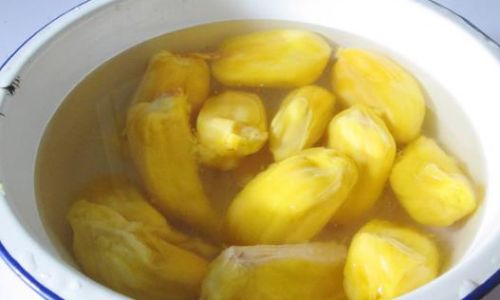
Refrigeration
- Airtight Containers: Store cut jackfruit in sealed plastic or glass containers to minimize air exposure.
- Cling Film: Wrap exposed flesh tightly to prevent moisture loss and contamination.
- Temperature Control: Maintain the refrigerator at 40°F (4°C) or below to slow bacterial growth.
Freezing
- For long-term storage, freeze jackfruit. Remove seeds, cut flesh into chunks, and spread them on a baking sheet to freeze individually before transferring to airtight bags. Frozen jackfruit lasts 8–12 months.
Avoiding Condensation
- Do not store jackfruit near ethylene-producing fruits (e.g., bananas, apples), as this accelerates ripening and spoilage.
Handling Unripe Jackfruit
- Unripe jackfruit can be stored at room temperature until ripened. Once cut, refrigerate or cook immediately to prevent degradation.
Health Risks of Consuming Spoiled Jackfruit
Eating spoiled jackfruit can lead to food poisoning, with symptoms including nausea, vomiting, diarrhea, and abdominal pain. Vulnerable populations (pregnant women, children, the elderly, and immunocompromised individuals) face higher risks. While rare, allergies to jackfruit’s latex-like sap or proteins may also occur, causing itching, swelling, or anaphylaxis.
Expert Tips for Jackfruit Longevity
- Buy Whole Fruits: Intact jackfruit has a longer shelf life than pre-cut portions.
- Prepare in Portions: Cut only what you need to minimize waste.
- Use Acidic Solutions: Toss jackfruit in lemon juice or citric acid to slow browning.
- Monitor Humidity: In humid climates, refrigerate immediately; in dry areas, moderate exposure may be tolerable.
Conclusion: Balancing Safety and Quality
Jackfruit left unrefrigerated for 24 hours is generally unsafe to consume, particularly in warm environments. However, if stored properly in a refrigerator within 2 hours of cutting, it can remain edible for 3–5 days. Always prioritize visual, olfactory, and tactile checks before eating. When handled with care, jackfruit offers not just a culinary adventure but also peace of mind regarding food safety.
By understanding the interplay of ripeness, storage, and hygiene, you can enjoy this tropical treasure without compromising your health. Remember: when it comes to perishables, a proactive approach to preservation is always the sweetest solution.
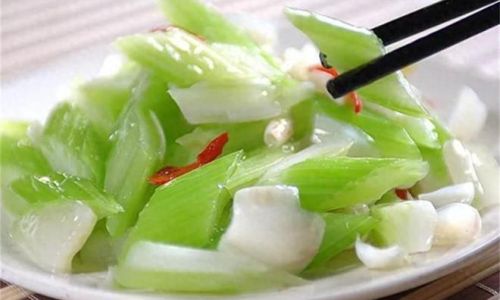
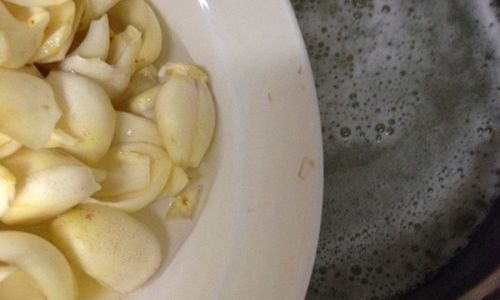
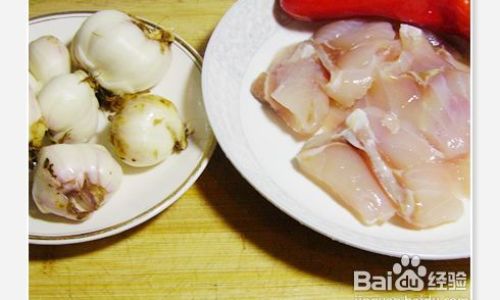

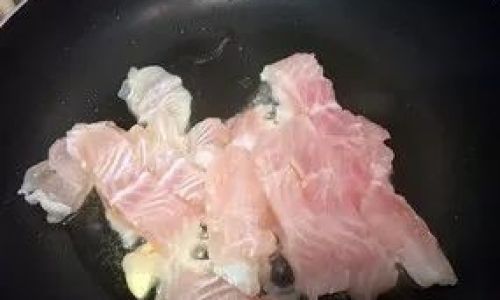

0 comments